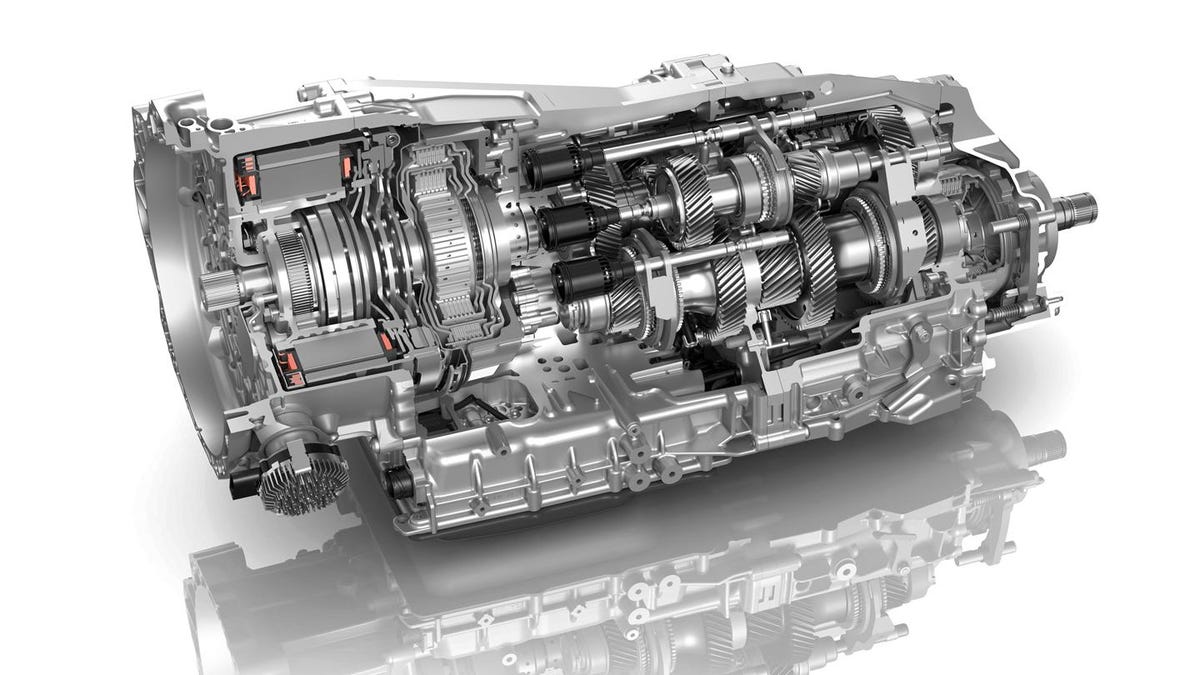Why Americans hate manual transmissions
It's a cultural preference and an economic luxury.

"Hate" is a strong word, but how else do you describe the fact that we put manuals in maybe five percent of the cars we buy? Meanwhile, the rest of the world will equip about 45 percent of its new cars with a clutch. I'm frequently asked about this discrepancy by clutch fans who are presumably seeking either kindred spirits or assurance that carmakers won't drop manuals entirely. There are four major factors you should know about that shape the transmission market.
Cost
This is still the biggest factor behind global adoption of manual transmissions. India, China and Brazil are huge auto markets with very different buyer economics than the US. In Brazil, for example, four of the top selling compact cars carry an average premium of $1,150 for an automatic transmission in a country where the average net monthly income is around $800. An automatic transmission costs about the same in the US, but average income here is several times higher.
Culture
I've noticed we Americans relate to our cars more as appliances than do drivers in other countries. From the rigor of a German driver's license to the knowledge of a London cabbie, many other cultures maintain a lean-forward attitude on the road that we relinquished long ago for convenience, entertainment and, now, degrees of automaton at odds with the tedium of a clutch and stick shift.
That funny lever in the middle of some cars changes roadgears. And you have to press a pedal each time you use it. No, seriously.
Capability
People in other countries often know how to drive a stick, whereas many Americans not only lack that skill but may not even know anyone who possesses it. It has become a lost art and, therefore, a cultural oddity. That's a big factor in why consumers choose anything, not just their car. You're not likely to spend $30K on something you don't know how to operate. Manual enthusiasts tell that buyer to "just go learn," only to be met with a very tough question: "Why?"
Efficiency
Automatic transmissions used to use more fuel while delivering less performance, a big problem in global markets where high fuel prices, tough carbon dioxide regulations and engine-size limitation schemes made the manual a necessity. Today, the automatic transmission is often as quick and efficient as a manual, while also enabling features like adaptive cruise control and advanced drive modes. It will continue to take share from manuals, even in the most clutch-centric countries and metros. Its also important to know that carmakers can better control and optimize a car for economy, emissions and performance when it has an automatic, which is an addressable component, versus a manual that is an unknown factor based on each driver's style.
Like the vinyl LP, the manual transmission will always have a cadre of adherents and, like vinyl, their reasons will turn substantially on hobbyism, romance and culture more than any universal reason to bemoan the marginalization of the manual transmission.

